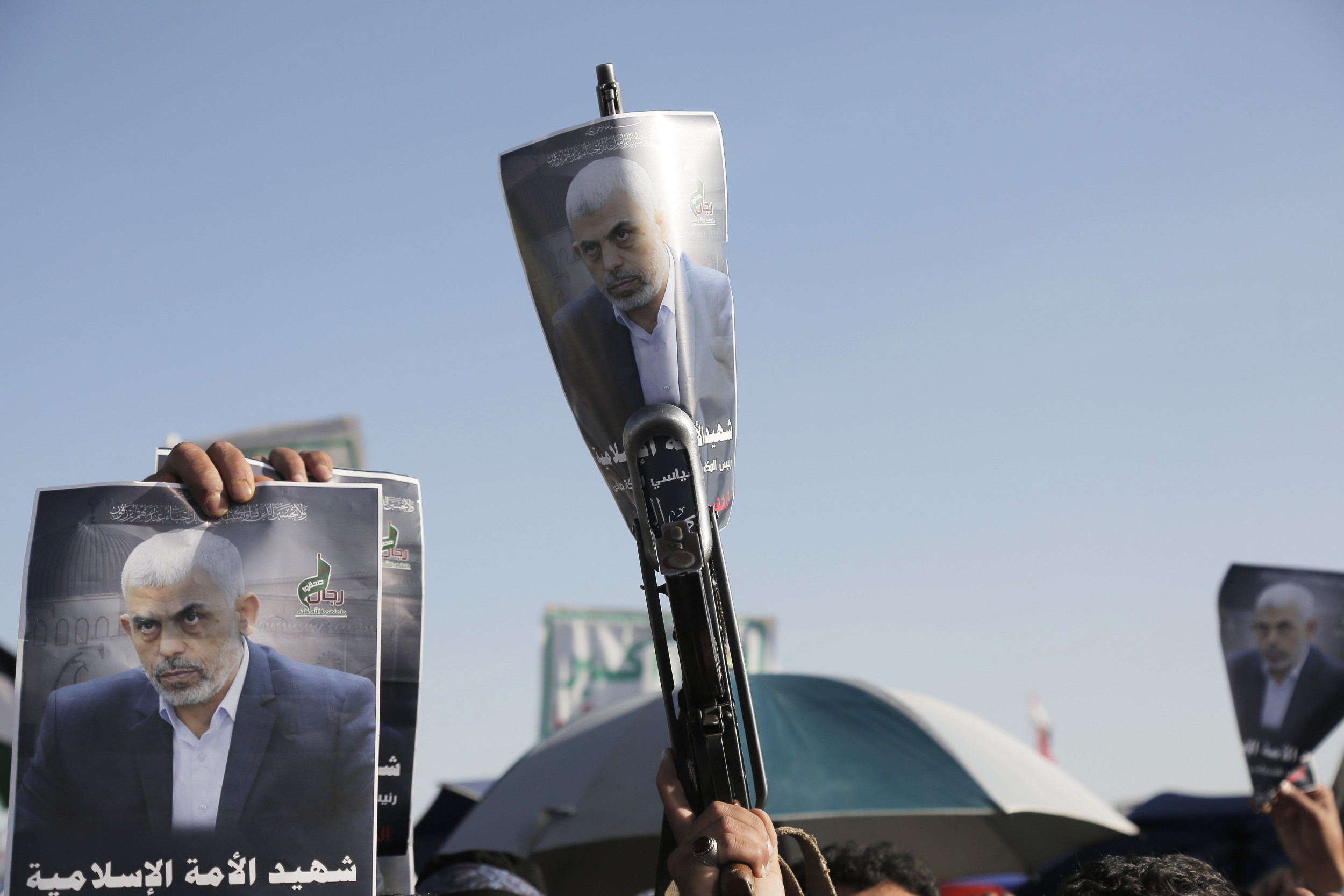Last week, the Israel Defense Forces (IDF) reported the death of Yahya Sinwar, the chief of Hamas’ Political Bureau, during an operation near Rafah. Sinwar was considered a main architect of the October 7, 2023, attack, which has ignited one of the longest and deadliest wars in Gaza.
This event continues a trend of high-profile losses for Hamas, including Sinwar’s predecessor, Ismail Haniyeh. As the group contemplates its leadership future, Bassem Naim, a spokesperson for Hamas, stated that their overall strategy remains unchanged.
“Hamas is a large resistance movement,” Naim said, mentioning that its strategy isn’t reliant on any single individual but represents a collective goal for the Palestinian people striving for liberation and return.

Naim emphasized that despite the reported loss of over 17,000 Hamas fighters in the conflict, the group still enjoys a solid backing within Gaza, the West Bank, and beyond, claiming a wealth of leaders ready to continue their mission.
He recalled previous assassinations of key Hamas leaders like Sheikh Ahmed Yassin and Abdul Aziz-Rantisi, arguing that such events have historically strengthened the movement rather than weakening it. Following each leader’s death, the group has adapted and evolved, he noted.
Currently, some prominent Hamas officials who have survived the turmoil include Sinwar’s deputy, Khalil al-Haya, ex-leader Khaled Meshaal, and others based in Doha. Meanwhile, Israeli Prime Minister Benjamin Netanyahu has declared “the beginning of the end” for the war in Gaza, tying Sinwar’s death to a larger unraveling of the Iran-aligned terror axis.
Netanyahu has committed to dismantling Hamas as a military and political entity, emphasizing the need to return hostages and ensure Gaza poses no future threats to Israel. Since the conflict’s onset, estimates suggest around 42,800 fatalities in Gaza, contrasting with the reported loss of over 350 IDF soldiers.
The conflict has also extended into Lebanon, with Hezbollah launching retaliatory strikes against Israel. Recent IDF actions have included airstrikes and ground incursions in response to growing hostilities, indicating a broader regional escalation.
Casualty figures are alarming on both sides: around 2,500 deaths in Lebanon from Israeli strikes, and over 2,000 Hezbollah members reported killed. The IDF also confirmed the assassination of Hashem Safieddine, a senior Hezbollah figure, further destabilizing the group’s leadership.
As for Hezbollah, they have not yet named a successor for Nasrallah, with Deputy Secretary-General Sheikh Naim Qassem taking on more public responsibilities following recent events.
